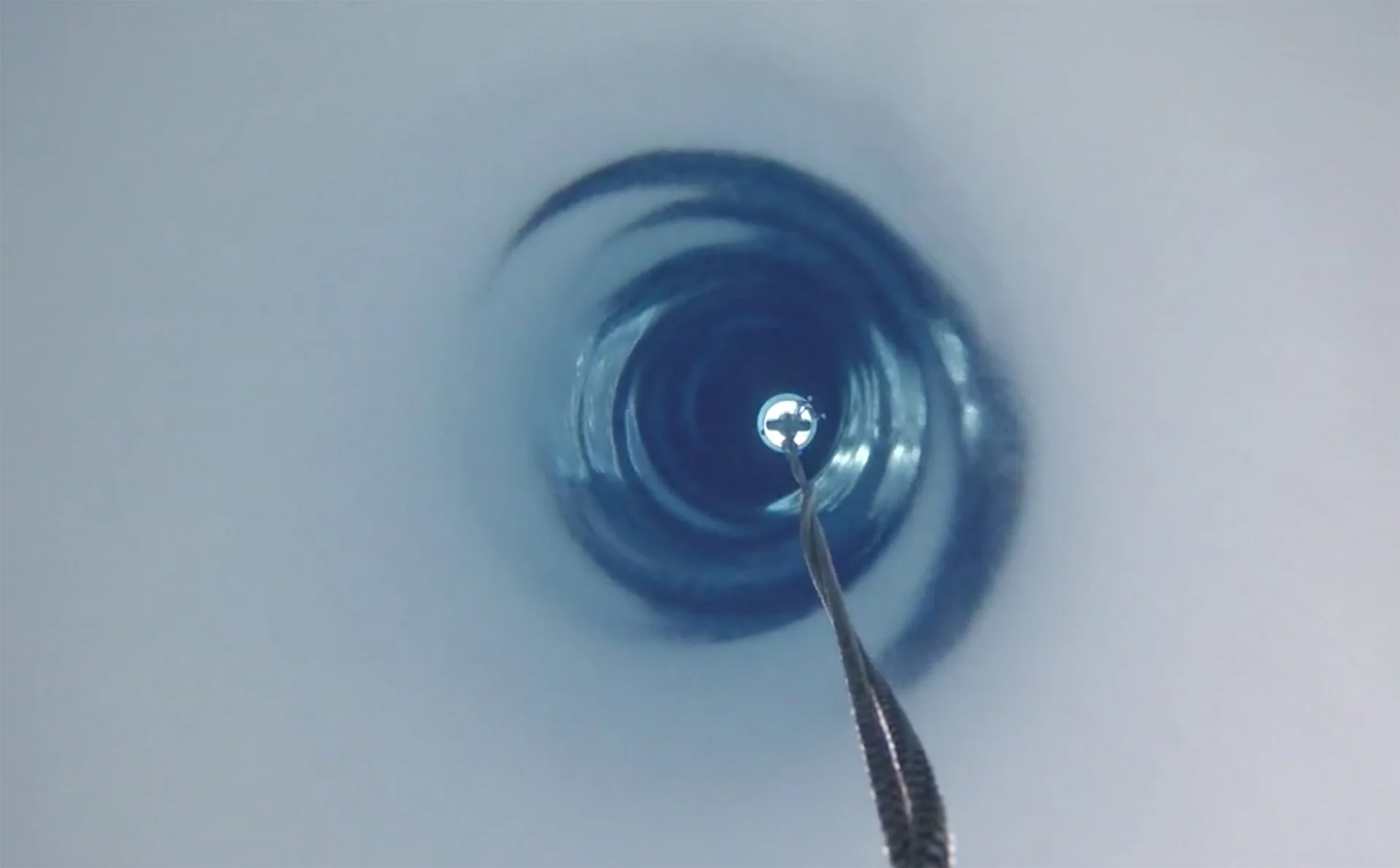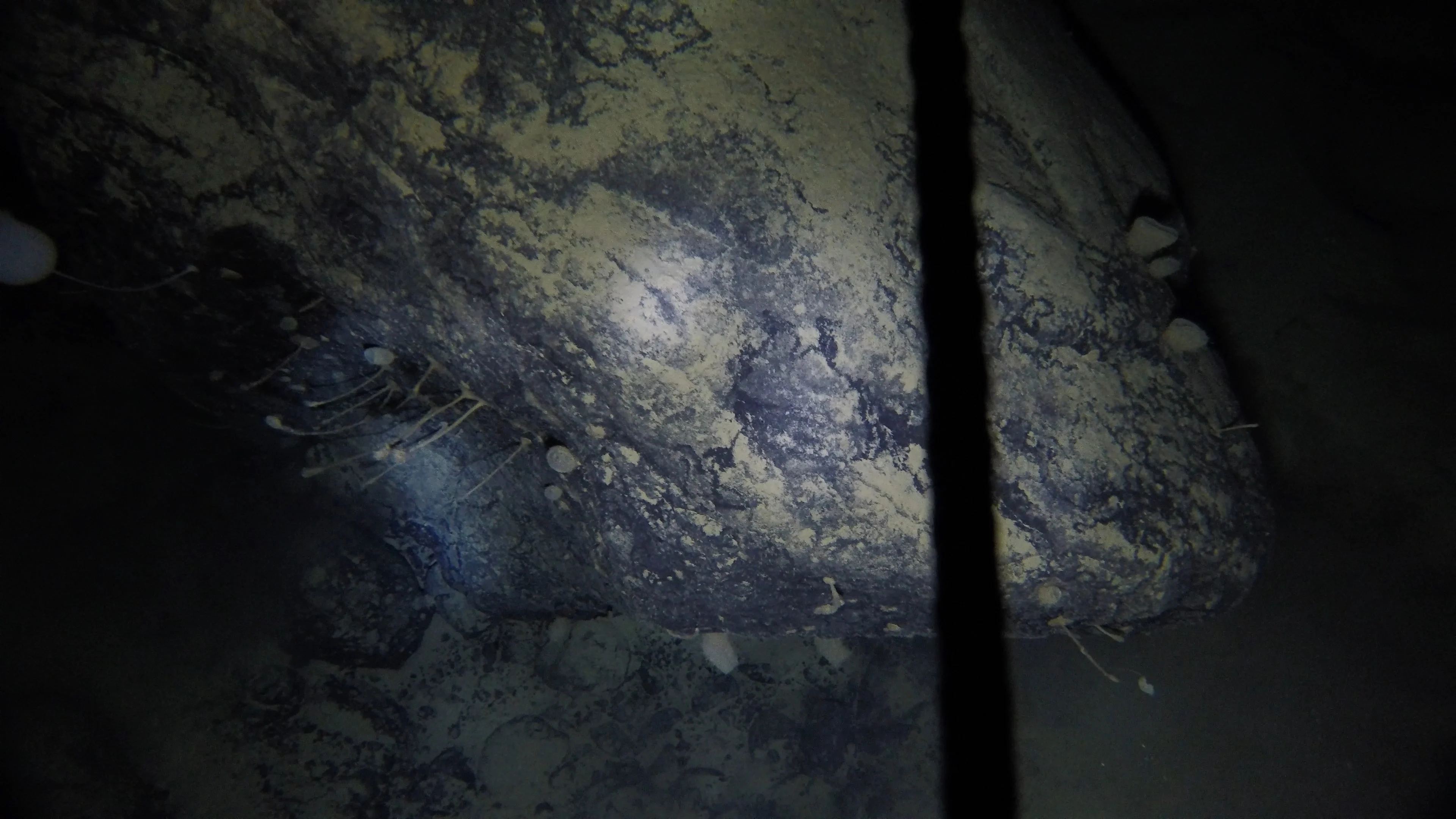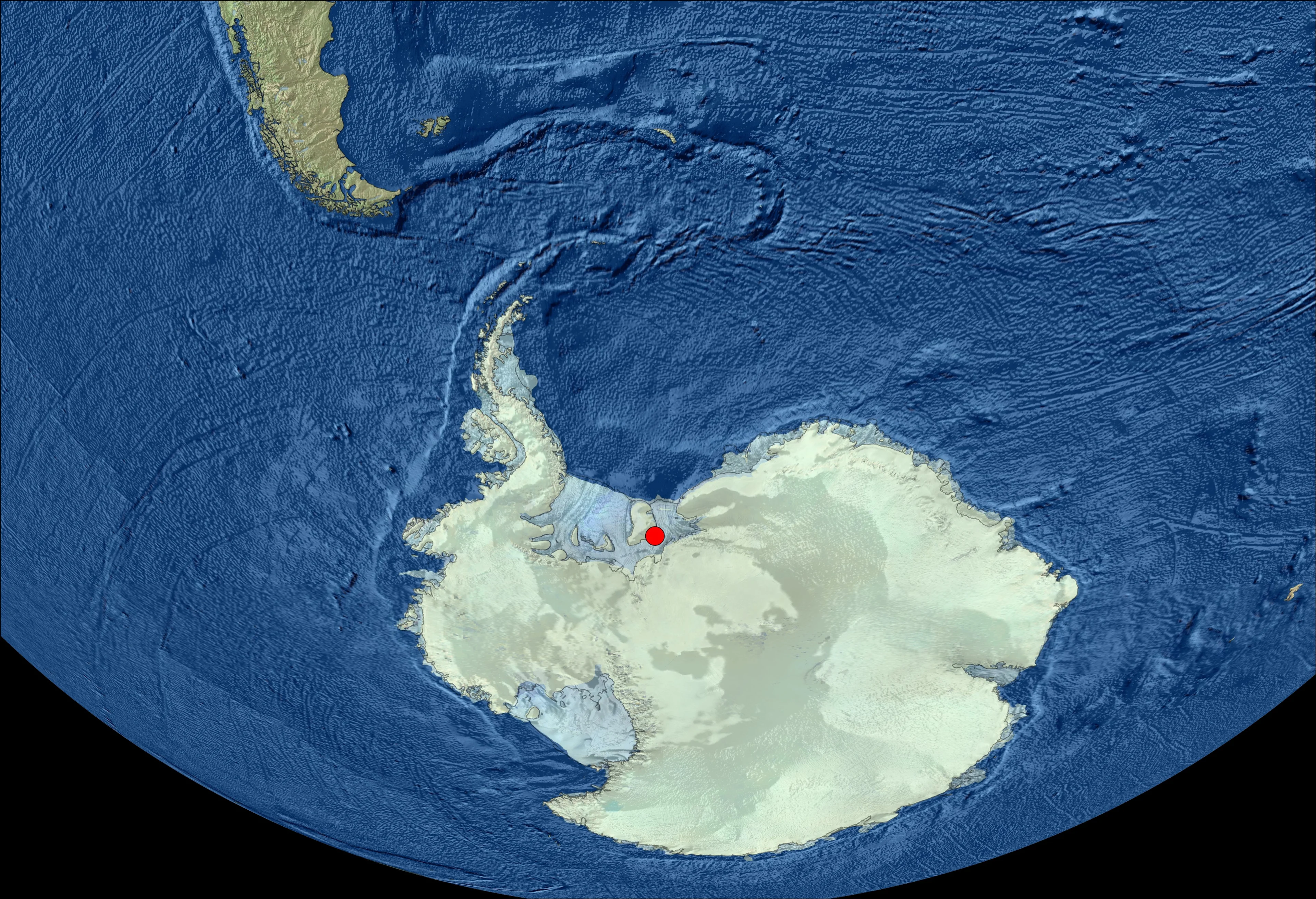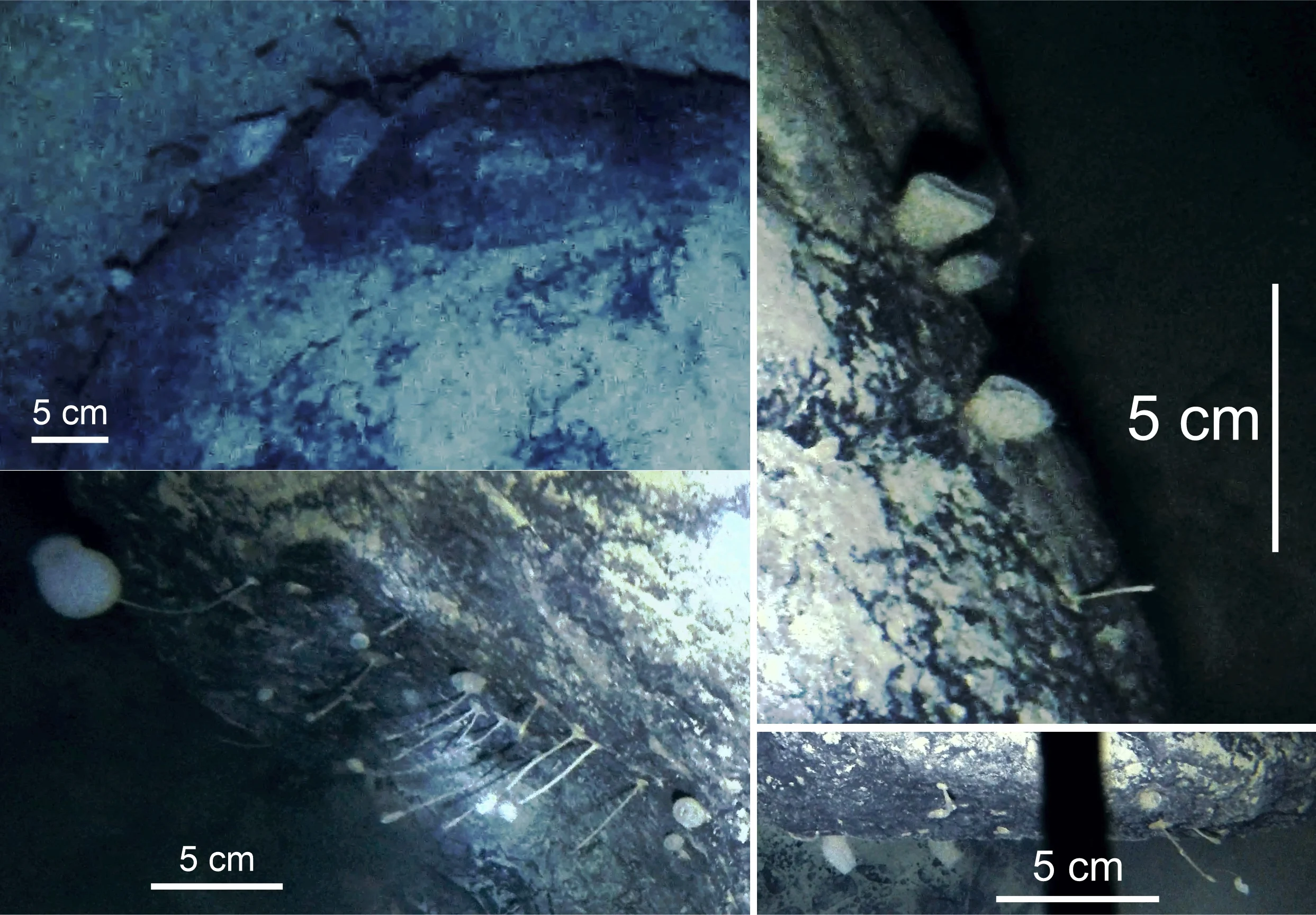
Mysterious lifeforms found in one of Earth's most inhospitable environments
Discovering organisms within polar ice could unlock a vast amount of knowledge about the origins of life and the prospects of living beings in distant parts of the solar system.
From martian minerals to dark rivers that are 1,000 km long, what lies within and beneath polar ice is largely a mystery to scientists. The prospects of strange lifeforms underneath the ice are one of the many curiosities that are becoming increasingly clear to researchers, as a recent expedition in Antarctica unexpectedly revealed a number of organisms growing below the Filchner-Ronne Ice Shelf, which is considered to be one of the most inhospitable environments on Earth.
Researchers from Imperial College London, the University of Lyon, and the British Antarctic Survey drilled through the ice to a depth of 900 metres and discovered several mysterious organisms attached to a large boulder on the seafloor. The boulder resides in complete darkness with temperatures around -2°C, an environment in which very few organisms have ever been observed in.

An image of the boulder with mysterious organisms attached to it. Credit: Dr. Huw Griffiths/ British Antarctic Survey
A press release from the British Antarctic Survey says that the boulder was covered in stationary animals such as sponges and “potentially several previously unknown species.” The findings of this expedition are published in a study in Science Advances and Dr. Huw Griffiths, biogeographer and lead author, says “this discovery is one of those fortunate accidents that pushes ideas in a different direction and shows us that Antarctic marine life is incredibly special and amazingly adapted to a frozen world.”
Exploring the lifeforms that exist within polar ice masses is a challenging task. Some ice sheets can be several kilometres thick, such as the Astrolabe Subglacial Basin in Antarctica, which has a record thickness of 4,776 metres. Temperatures at this depth are below 0°C and zero sunlight reaches these internal regions of polar ice, which means that the few organisms that do survive in these locations do so without photosynthesis.

A map showing the location of the Filchner-Ronne Ice Shelf in Antarctica. Credit: Dr. Huw Griffiths/ British Antarctic Survey
Griffiths says that some of the questions that the strange boulder creatures raise are how did they appear, what are their food sources, how long they have been in existence, how many other boulders like this exist, and what would happen to these organisms if the Filchner-Ronne Ice Shelf collapsed?
Studying organisms that live in these harsh environments under Antarctic ice could unlock a vast amount of knowledge about these organisms that have potentially been evolving for millions of years. “The work could even provide insights into similar lakes beneath the surfaces of icy moons orbiting Jupiter and Saturn, and the southern ice cap on Mars,” says the British Antarctic Survey’s press release.

An image showing the scale of the organisms that were discovered on this expedition. Credit: Dr. Huw Griffiths/ British Antarctic Survey
While their discoveries could be used to develop theories about life outside of Earth in the solar system, the site the mysterious organisms were found in is located in an area that is rapidly undergoing changes as the climate warms.
“My colleagues at British Antarctic Survey have documented the changes in the air, in the ice, on land and in the sea for over 60 years. The polar regions are where we can see the most obvious effects of climate change, ozone thinning, and ocean acidification. So, even though they are far away and often not somewhere we think about they are being affected by our lifestyles and actions,” Griffiths said.
“Thankfully, this ice shelf is one of the furthest south and one of the biggest. This means that it is not at immediate risk of collapse. Two ice shelves further north, Larsen A and B have both collapsed within my lifetime with links to climate change and the ozone hole. This means that in the long term there is a risk of losing the large ice shelves too, which would be a disaster for these organisms and probably a global disaster too.”
Thumbnail credit: Dr. Huw Griffiths/ British Antarctic Survey












